France PMI manufacturing dropped to 51.2 in October, down from 52.2 and missed expectation of 52.4. That’s also a 25-month low.
PMI services rose to 55.6, up from 54.8 and beat expectation of 54.7, and hit a 4-month high. PMI composite rose 0.3 to 54.0.
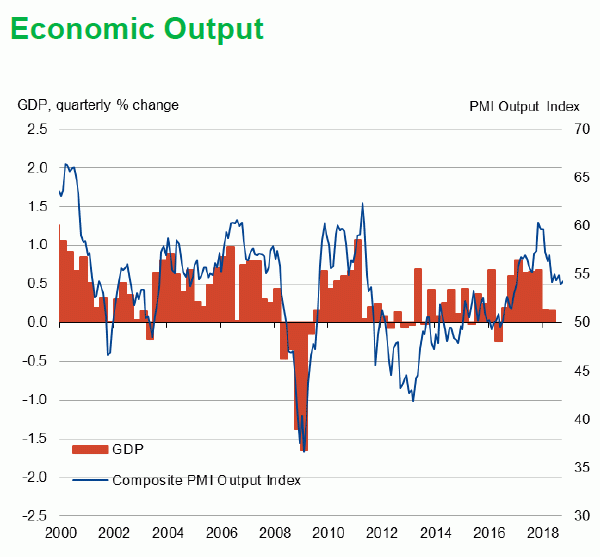
Commenting on the Flash PMI data, Sam Teague, Economist at IHS Markit said:
“October data signalled a mixed picture for the French private sector. On one hand, service sector activity growth accelerated to a four-month high thanks to stronger new business growth. On the other hand, the manufacturing sector shifted down a gear in October, as firms reported the first fall of output for over two years.
“Anecdotal evidence pointed towards a weaker automotive sector. This helped to explain another deterioration in manufacturing exports and the weakest level of business confidence among manufacturers for 28 months, which was partly linked to worries across the automotive supply chain.
“Nonetheless, job creation accelerated to a six-month high across the private sector, partly due to stronger inflows of new business. In spite of improved employment and output growth, capacity pressures remained elevated, particularly in the service sector.
“On the price front, cost pressures continued to build amid higher fuel and wage bills. The latest data did suggest a slight respite for French businesses, however, with input price inflation easing marginally from September’s eight-month high.”
Full release here.




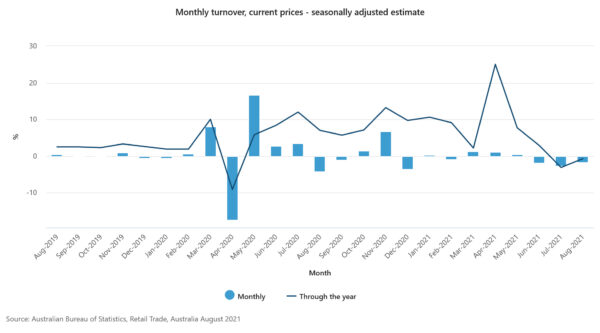
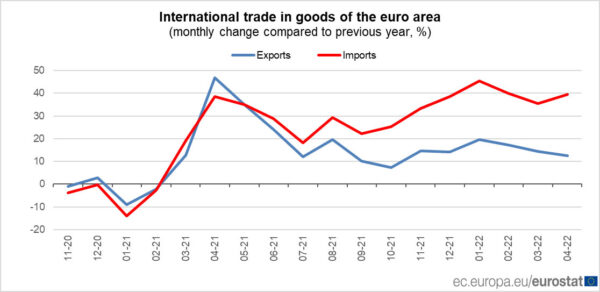
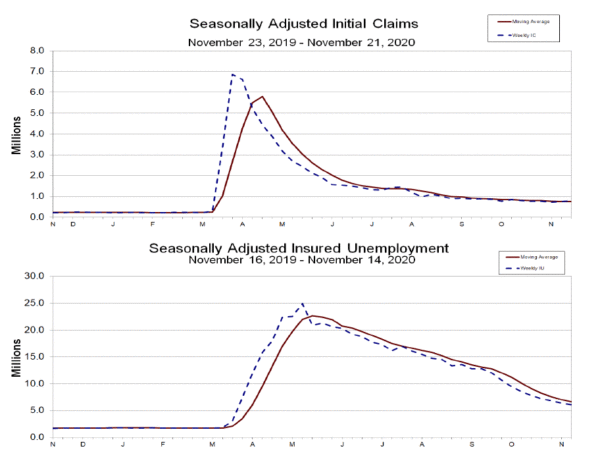
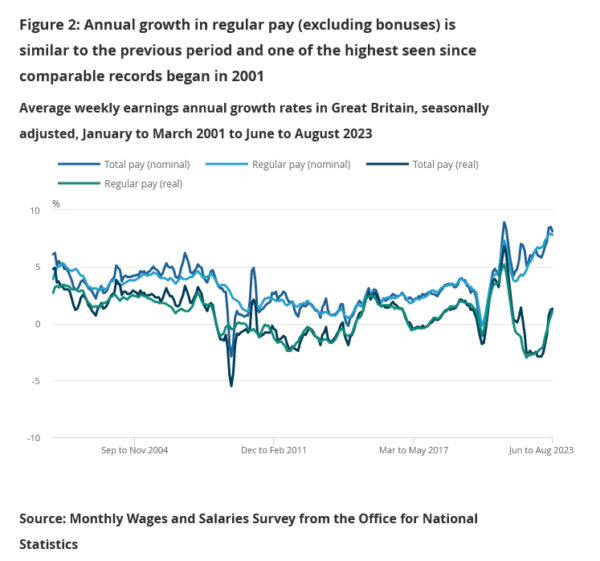
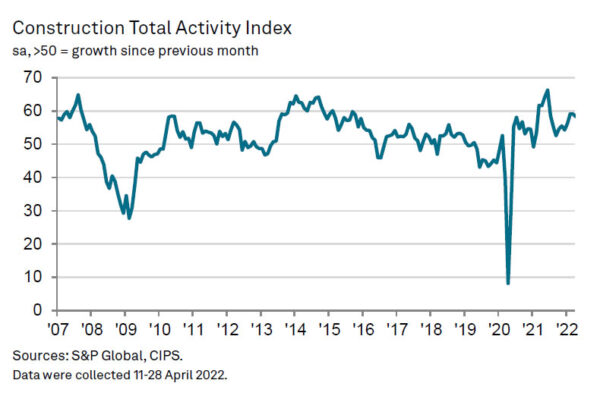
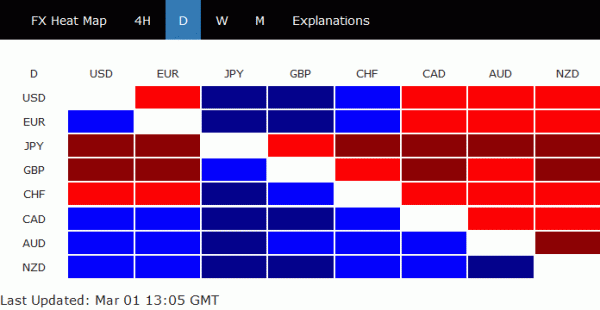
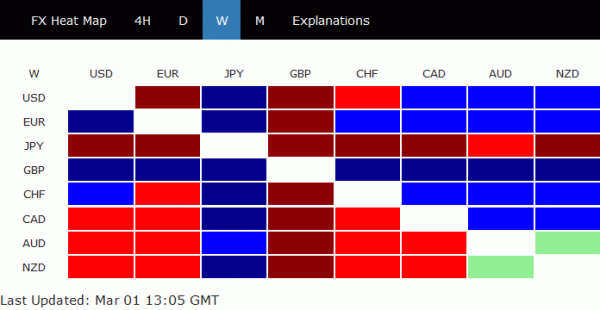
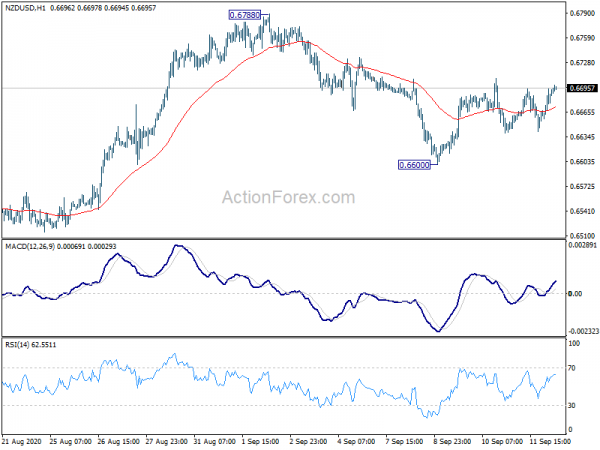
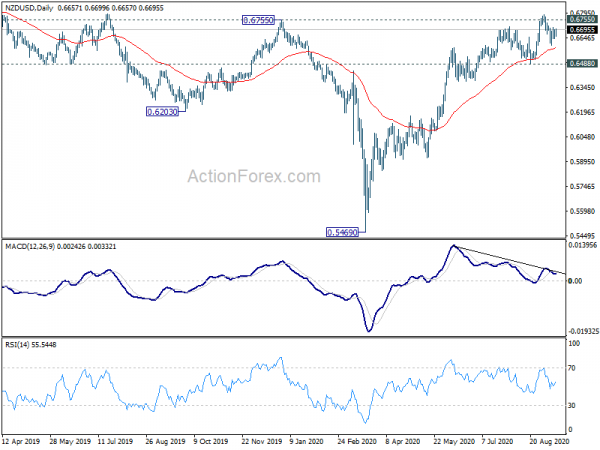
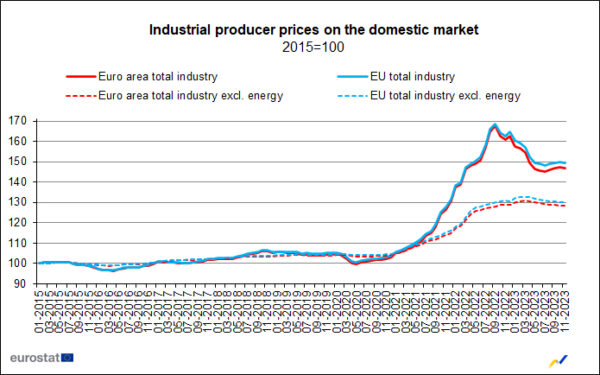

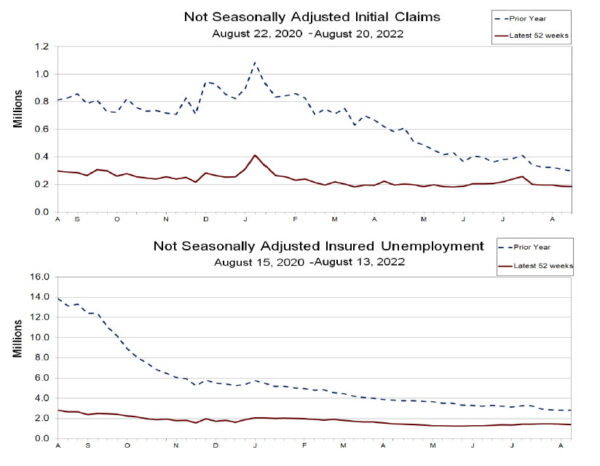

Atlanta Fed Bostic: Rate hikes to continue over next few quarters, but unsure on Q4
Atlanta Fed President Raphael Bostic said in a speech yesterday that the economy is “doing well and standing on its own”. He supported monetary to move towards a neutral stance. And that means “a gradual increase in nominal interest rates over the next handful of quarters.” However, later he clarified that there is still “some uncertainty” to whether US is “really at full employment”. If there is “not a risk of overheating then we have the possibility to be more patient.”
Bostic is taking a “wait and see” approach to the fourth hike in 2018 in December. That is, to several rate hikes in the coming quarters doesn’t mean rate hikes in every quarter. While it may sounds a bit confusing, his comments have been consistent. Bostic is one of those who are more cautiously on the outlook. In particular, just a few weeks ago, he vowed not to vote for anything that knowingly inverts yield curve.
On trade tensions, Bostic said “an uncertain outlook can cause firms to delay investments while they wait to see how the situation unfolds. Such a development could grow to have macroeconomic ramifications the longer the uncertainty remains.” But he also noted that a recent survey shows trade war fears have had “only a small negative effect on US business investment so far.”